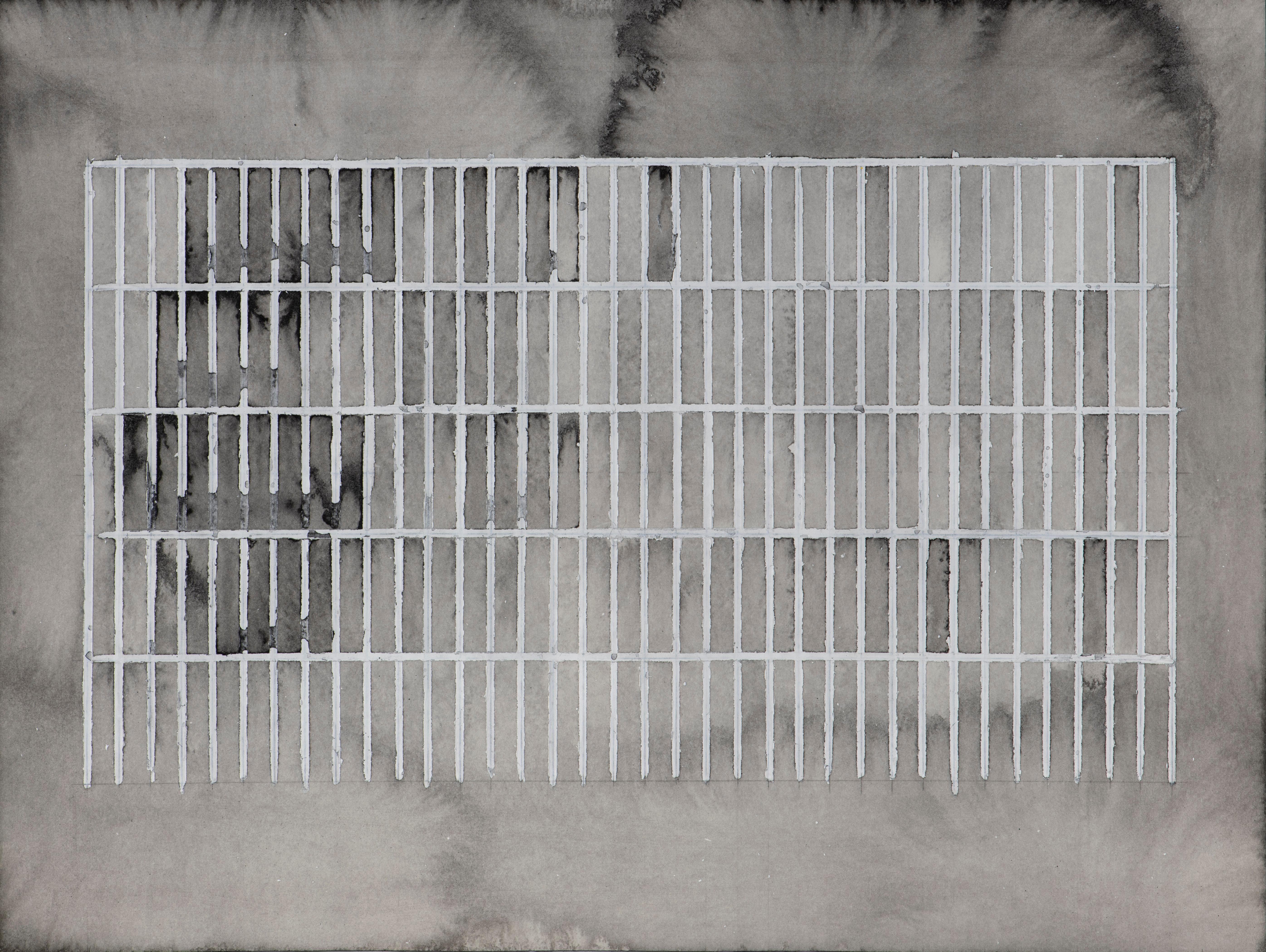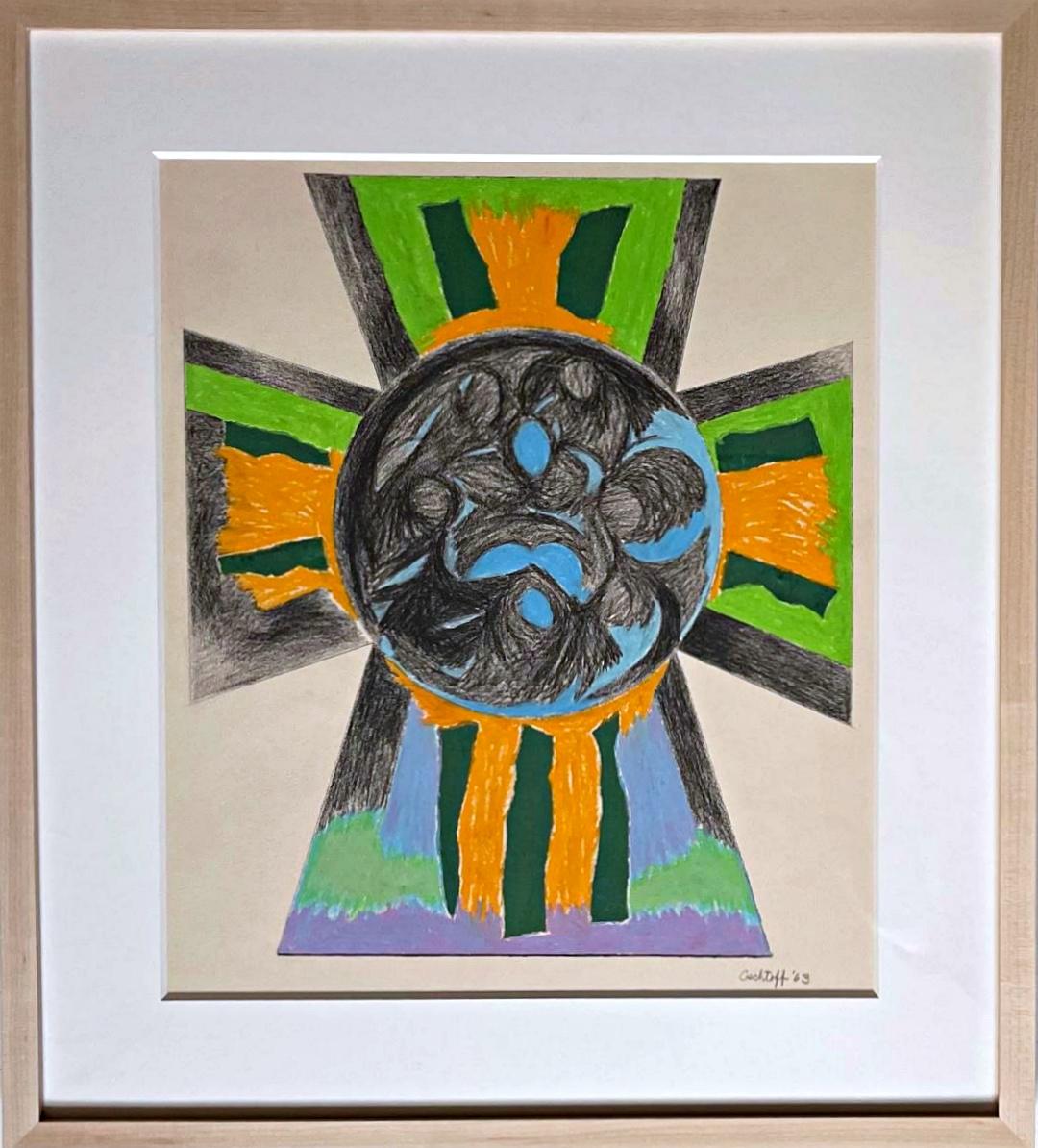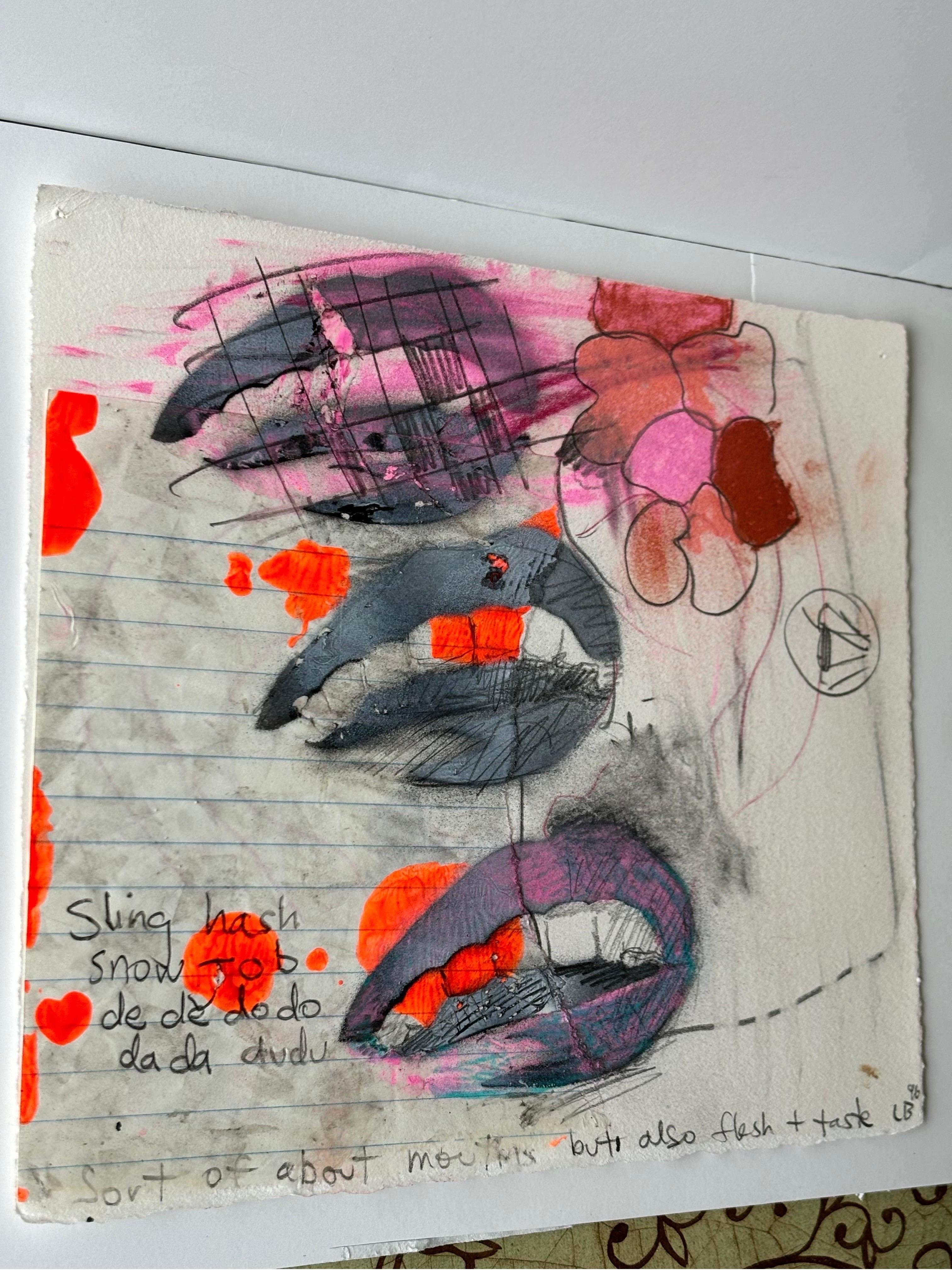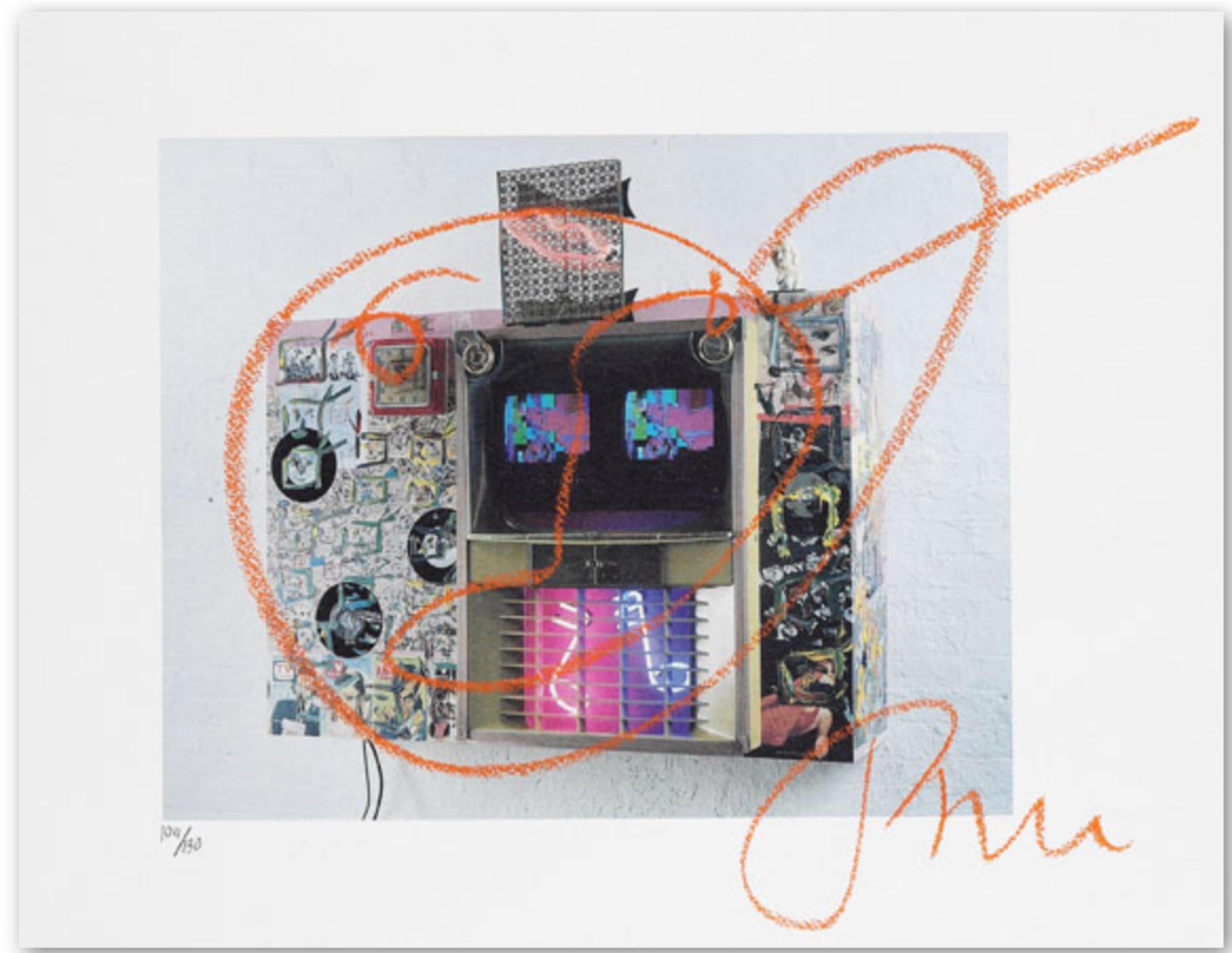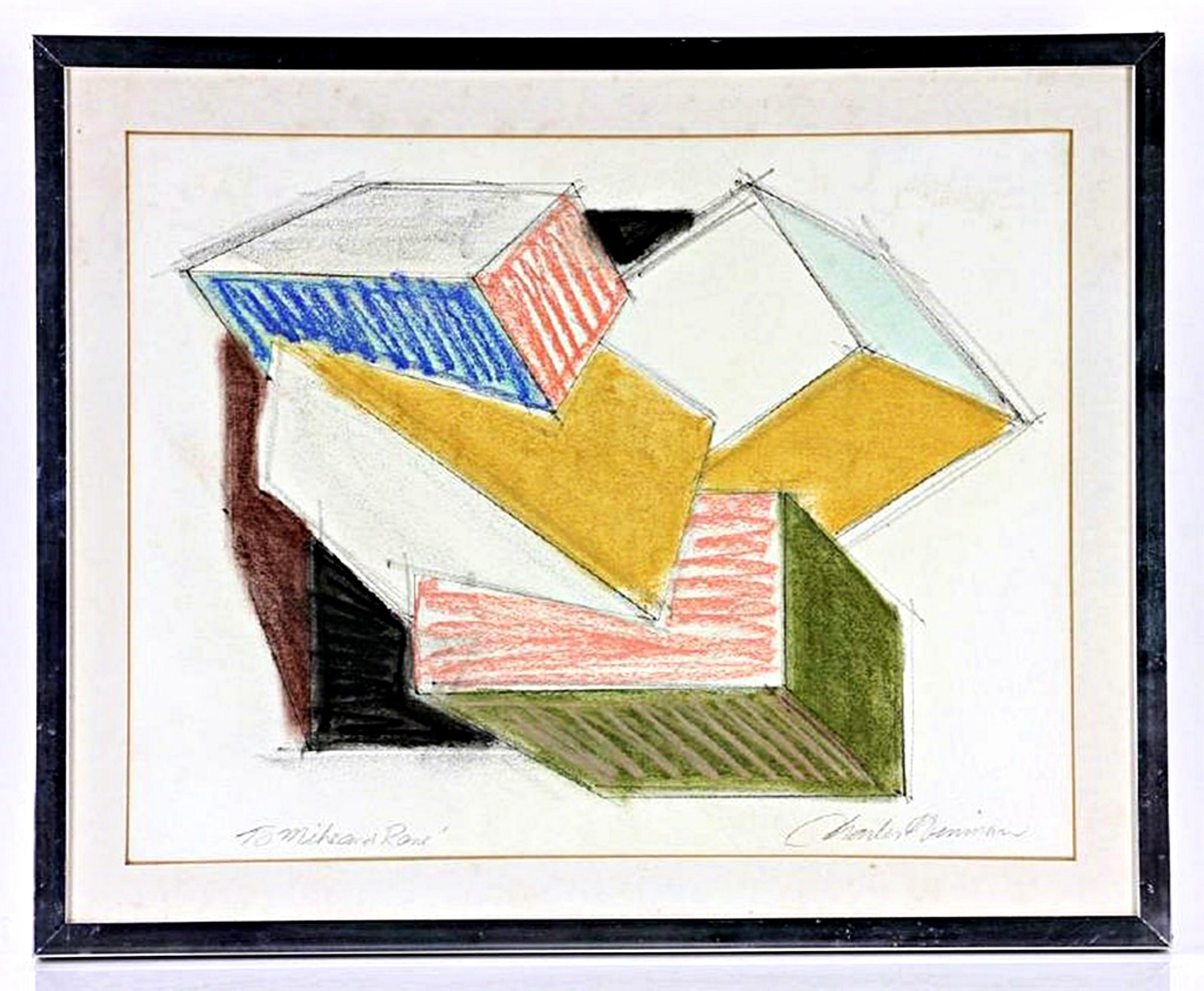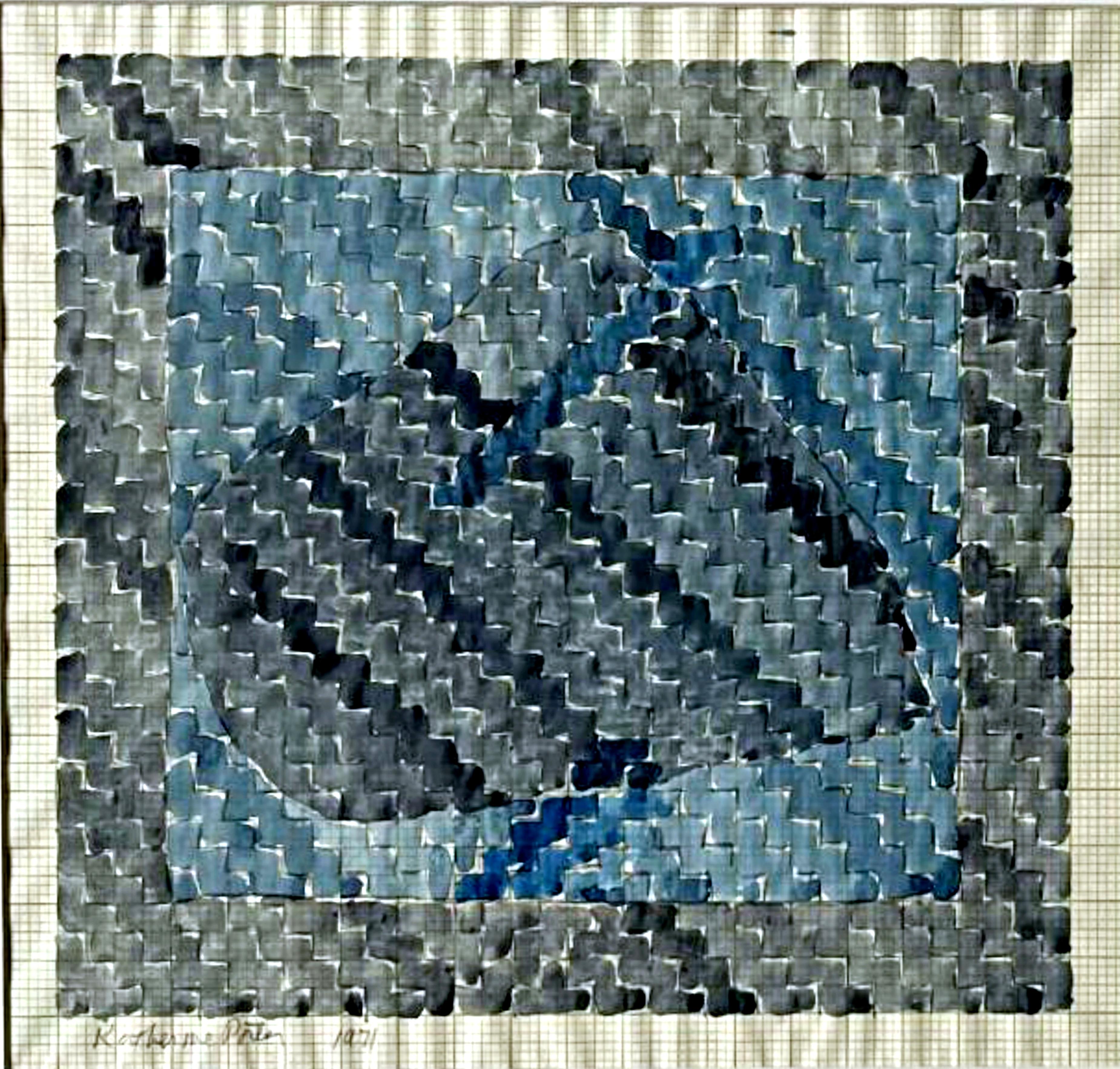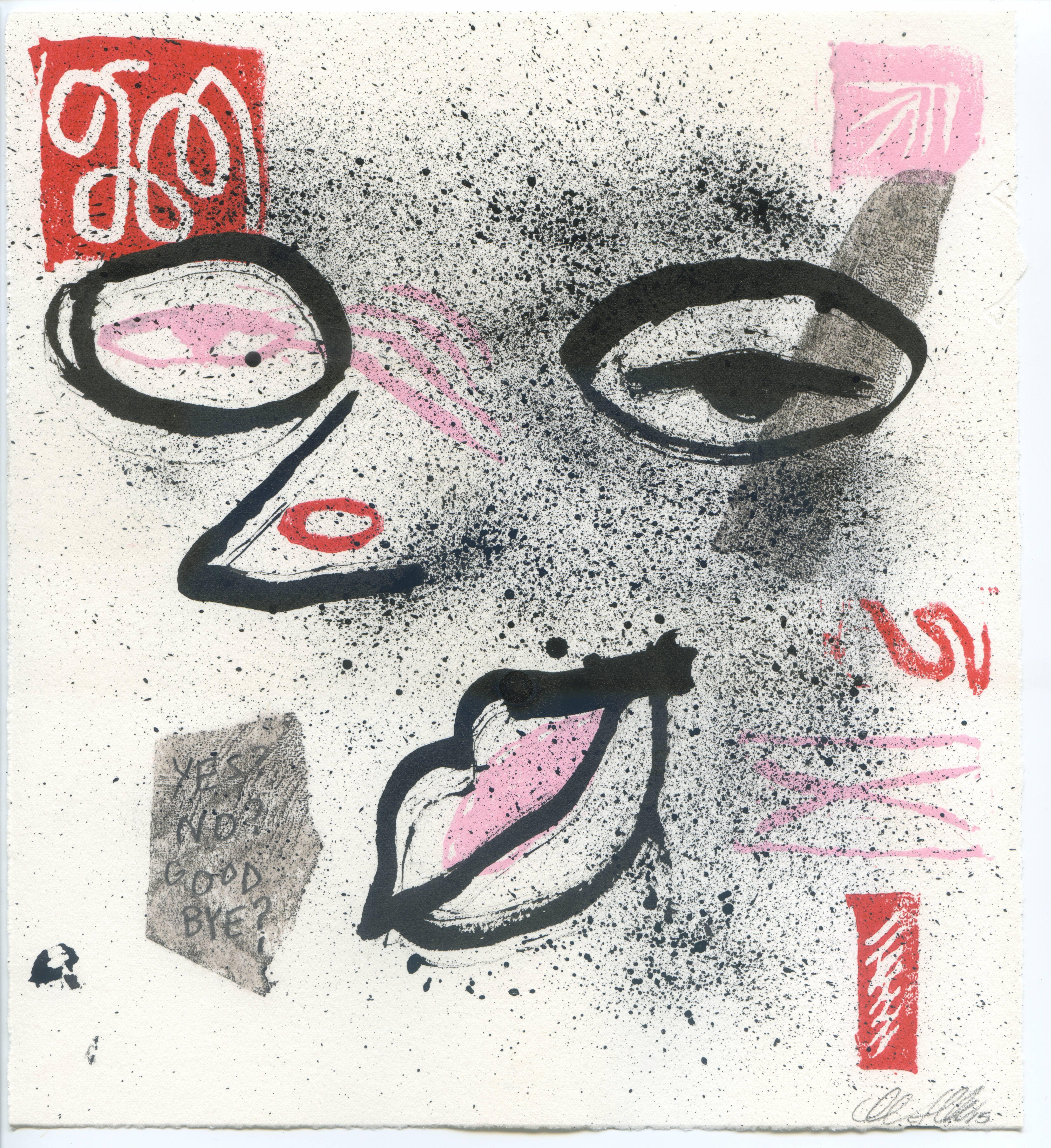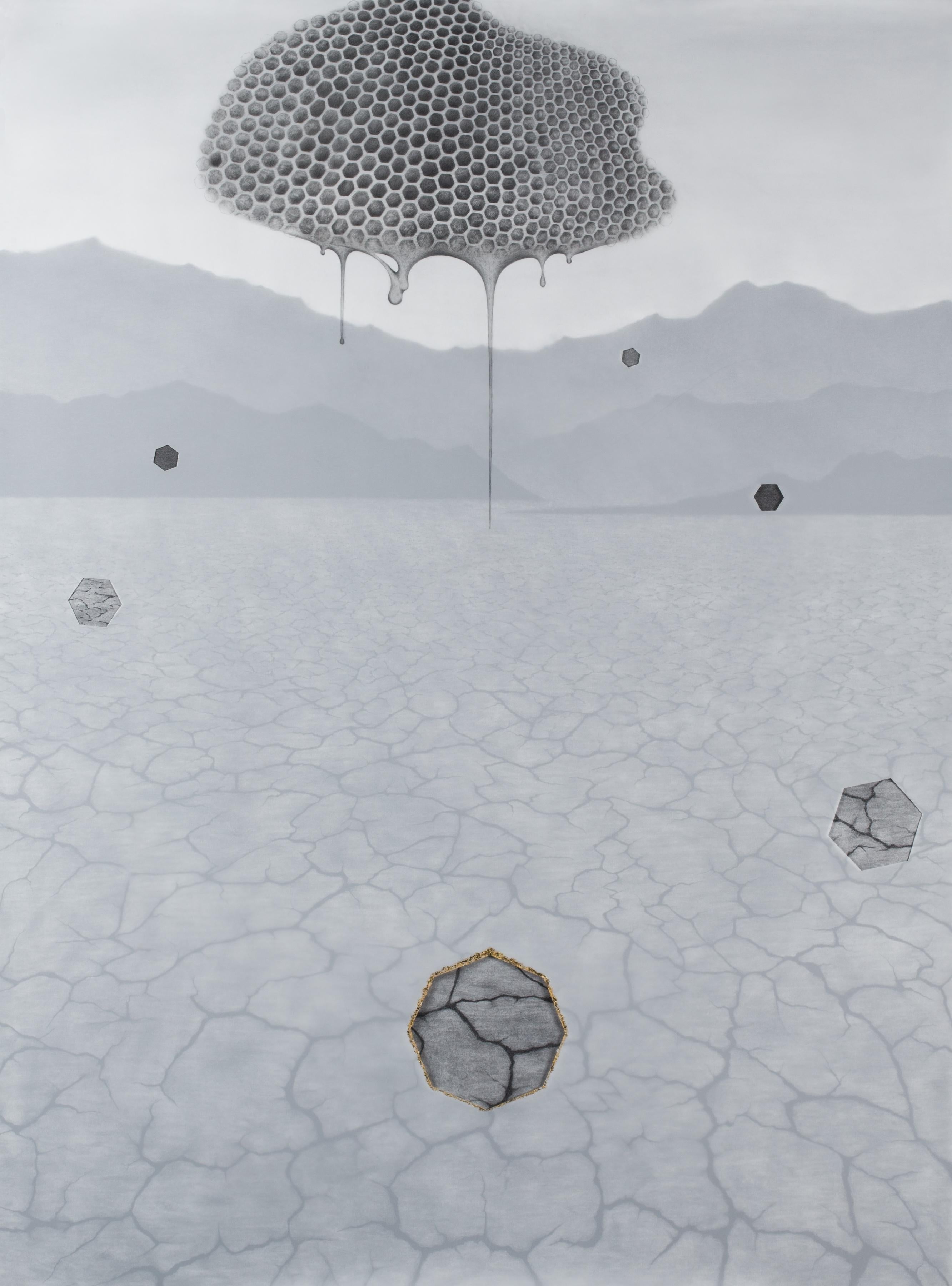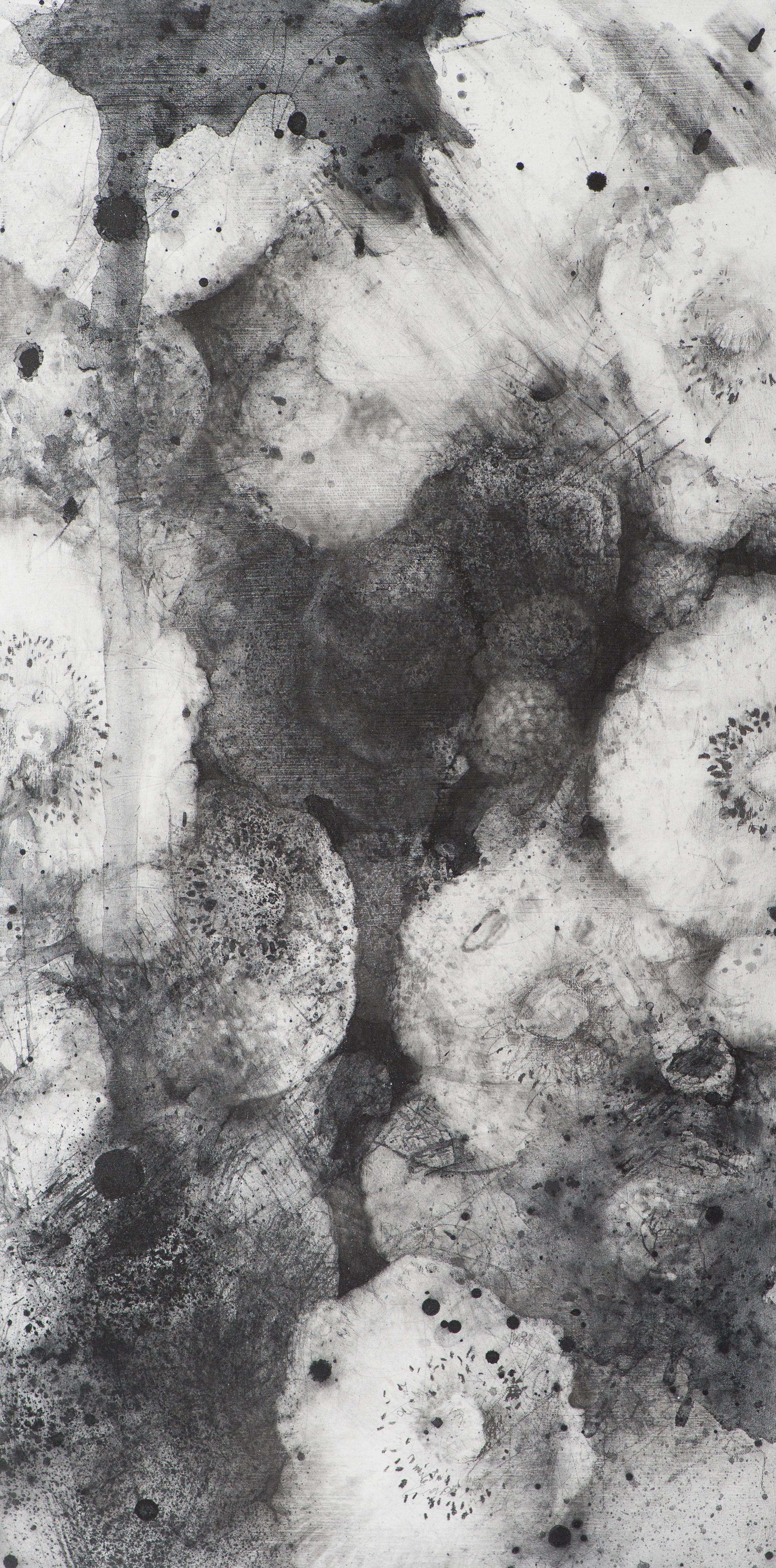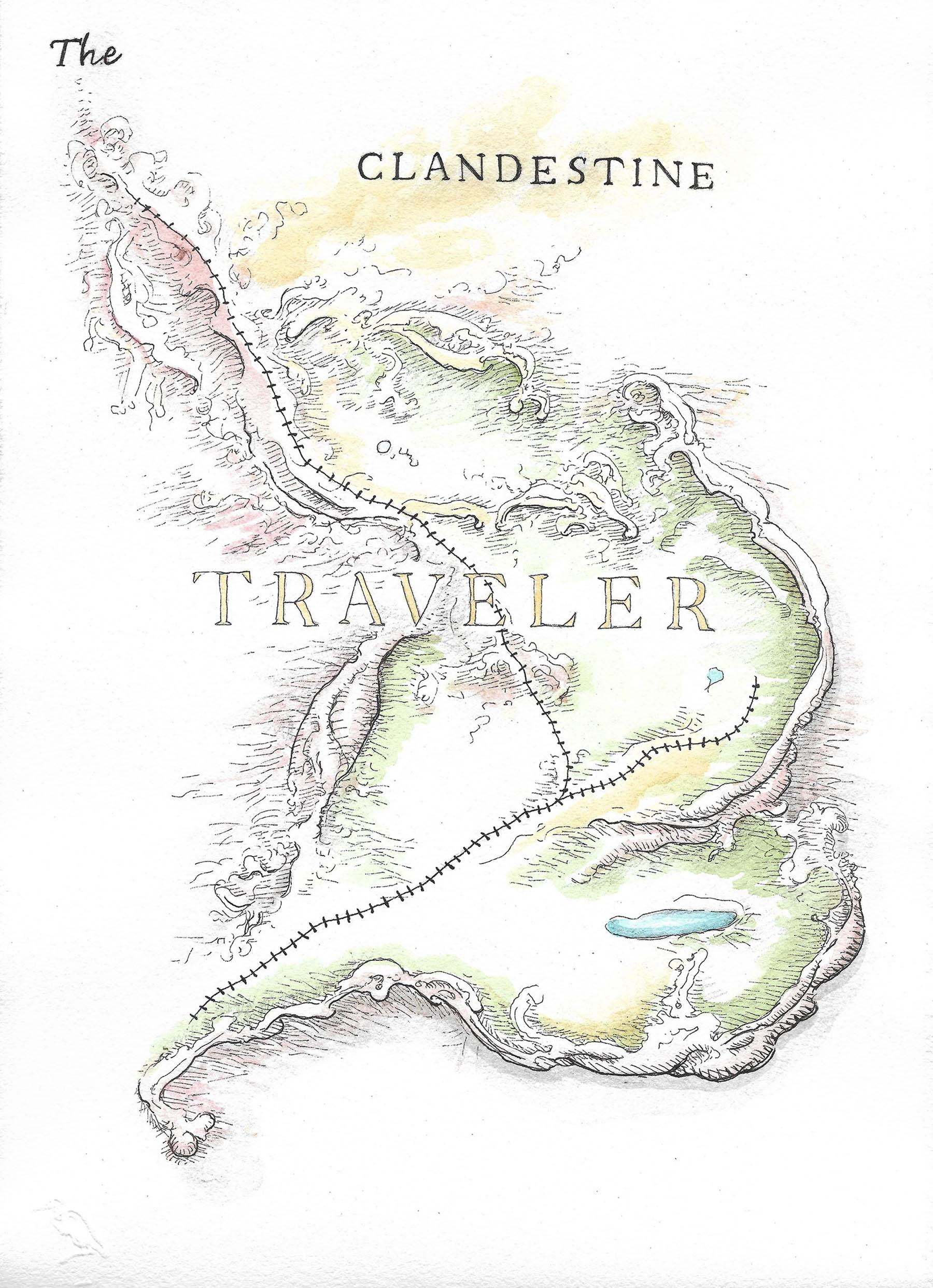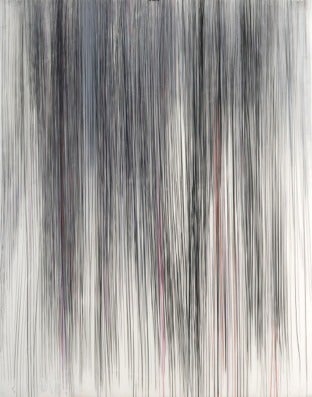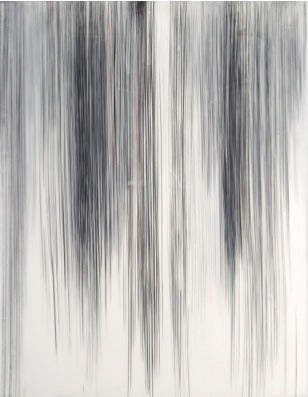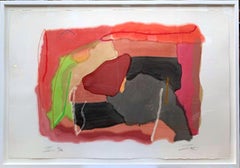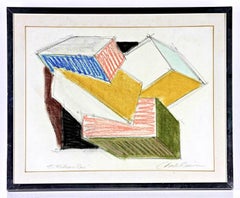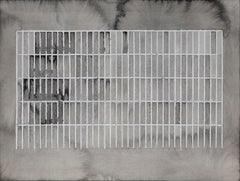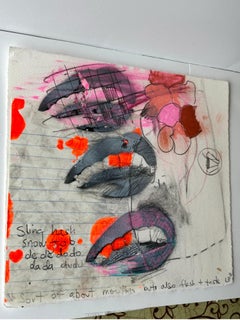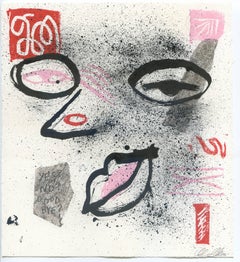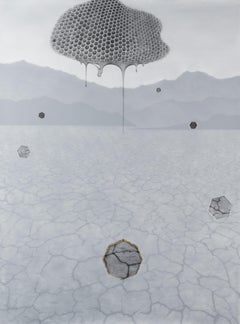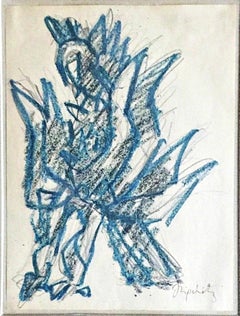
Study for a Lesson from a Disaster, unique signed drawing top modernist sculptor
View Similar Items
Want more images or videos?
Request additional images or videos from the seller
1 of 10
Jacques LipchitzStudy for a Lesson from a Disaster, unique signed drawing top modernist sculptor1952
1952
About the Item
- Creator:Jacques Lipchitz (1891-1973, French)
- Creation Year:1952
- Dimensions:Height: 17 in (43.18 cm)Width: 14 in (35.56 cm)Depth: 0.5 in (1.27 cm)
- Medium:
- Movement & Style:
- Period:
- Condition:very good vintage condition with some expected toning to the paper; in original vintage frame (see photos).
- Gallery Location:New York, NY
- Reference Number:1stDibs: LU1745214989802
Jacques Lipchitz
Biography: Jacques Lipchitz was a celebrated Lithuanian-born French sculptor best known for his Cubist works depicting figures, portraits, and still lifes made of bronze or stone. Born Chaim Jacob Lipchitz on August 22, 1891 in Druskinikai, Lithuania to a Litvak (Lithuanian Jewish) family. To please his parents, Lipchitz studied engineering as a young man. But around 1909, he decided to pursue art instead and moved to Paris to study at the Ecole des Beaux Arts and the Académie Julian in Paris. Lipichitz was a part of the artistic milieu in the famed Montmarte neighborhood of Paris, which included Pablo Picasso, Amedeo Modigliani, and Juan Gris. He became especially influenced with work by Pablo Picasso, who had pioneered a style of art called Cubism. Cubism was an art movement in which images were fractured and broken into simultaneous fragmented shards of perspective. It was strongly geometric and not based on traditional representational art like portraits or landscapes. At the beginning of his career, Lipchitz created figural sculptures, but by around 1913 he'd shifted direction toward Cubism. At the time, most Cubist artists were painters, but Lipchitz had met Russian sculptor Alexander Archipenko, who was experimenting with Cubist sculpture. However he always retained recognizable figural elements in his work.
When faced with the Nazi occupation, he fled to the United States during World War II. Lipchitz went on to have a retrospective exhibition in 1954 which travelled from The Museum of Modern Art in New York to the Walker Art Center in Minneapolis, and finally to the Cleveland Museum of Art. Today, his works are in the collections of the Art Institute of Chicago, The Metropolitan Museum of Art in New York, the Tate Gallery in London, the Los Angeles County Museum of Art, and the National Gallery of Art in Washington, D.C., among others. Lipchitz died on May 16, 1973 in Capri, Italy.
About the Seller
5.0
Platinum Seller
Premium sellers with a 4.7+ rating and 24-hour response times
Established in 2007
1stDibs seller since 2022
417 sales on 1stDibs
Typical response time: 2 hours
Authenticity Guarantee
In the unlikely event there’s an issue with an item’s authenticity, contact us within 1 year for a full refund. DetailsMoney-Back Guarantee
If your item is not as described, is damaged in transit, or does not arrive, contact us within 7 days for a full refund. Details24-Hour Cancellation
You have a 24-hour grace period in which to reconsider your purchase, with no questions asked.Vetted Professional Sellers
Our world-class sellers must adhere to strict standards for service and quality, maintaining the integrity of our listings.Price-Match Guarantee
If you find that a seller listed the same item for a lower price elsewhere, we’ll match it.Trusted Global Delivery
Our best-in-class carrier network provides specialized shipping options worldwide, including custom delivery.More From This Seller
View AllFlag Icon unique signed pastel collage on paper by renowned female artist Framed
By Sonia Gechtoff
Located in New York, NY
Sonia Gechtoff
Flag Icon, 1963
Pastel, graphite and collage
Frame included: elegantly framed in hand made wood frame with UV plexiglass
Evocative mixed media mid century modern work...
Category
1960s Abstract Abstract Drawings and Watercolors
Materials
Pastel, Mixed Media, Graphite
Plate Six from Novecento (Mixed media lithograph with chalk pastel), Signed/N
By Nam June Paik
Located in New York, NY
Nam June Paik
Untitled, Plate Six from Novecento, 1992
Mixed Media: Color offset lithograph with unique chalk pastel drawing
13 3/10 × 18 inches
Hand signed, Edition 104/130
Pencil numbered 104/130, hand signed in pastel chalk on the front
Edizioni Carte Segrete, Rome, Italy
Excellent condition; held in matting which can be easily removed
The matting measures 18" x 21"
This was part of a series of works produced for the Nam June Paik retrospective at the Palazzo delle Esposizioni, Rome, 1992, Nam June Paik: Arti Elletroniche.
This is one of the editions which bears unique hand coloring with pastel chalk.
A comparable work sold at auction in 2015 for US $12,583. (see details below):
Nam June Paik
Title Novecento
Description Nam June PAI K
Novecento 1930-1940, 1992 Pastel sur offset en couleurs, épreuve signée et numérotée 104/130 Edizioni Carte Segrete, Rome 23,5 x 39,5 cm EH Oeuvre réalisée a l'occasion de la rétrospective Paik au Palazzo delle Esposizioni, Rome, 1992, Nam June Paik: Arti Elletroniche, cinema e Media Verso il XXI Secolo
Medium pastel
Year of Work 1992
Size Height 9.3 in.; Width 15.6 in. / Height 23.5 cm.; Width 39.5 cm.
Misc. Signed
Sale of Millon & Associés: Monday, June 22, 2015 [Lot 00090]
Design
Sold For 11,057 EUR Hammer
(12,583 USD)
Nam June Paik Biography
Nam June Paik was born in 1932 in Seoul. He received a BA in aesthetics from the University of Tokyo in 1956 where he also studied music and art history. After graduating, he studied for a year with composer Thrasybulus Georgiades Georgiades at the University of Munich and for two years with composer Woflgang Fortner at the International Music College in Freiburg. He attended the International Summer Courses for New Music in Darmstadt in 1957, when he met Karlheinz Stockhausen, and in 1958, when he met John Cage. Cage, and through him Marcel Duchamp, had a significant influence on Paik as he became a major force in the avant-garde through performances. In Hommage à John Cage (1959), Paik employed audiotape and performance to attack traditional musical instrumentation and compositional practices, splicing together piano playing, screaming, bits of classical music, and sound effects. Realizing that taped sound was not enough, he decided to move into performance, first by introducing performative actions into his audio works. In 1961 Paik performed Simple, Zen for Head and Étude Platonique No. 3, in which he became a volatile figure, thrashing about in unexpected patterns and sudden movements to his signature soundtracks. In 1962 Paik participated in the Fluxus International Festival of the New Music in Weisbaden. Paik's first exhibition, entitled Exposition of Music - Electronic Television, in 1963 at Galerie Parnass at Wuppertal, launched his transition from composer and performance artist to the inventor of a new art form: an engagement with the material site of television as an instrument. In the exhibition, thirteen televisions lay on their backs and sides with their reception altered; for example, Zen for TV (1963) reduced the television picture to a horizontal line and Kuba TV (1963) shrank and expanded the image on the television set according to the changing volume.
In 1964 Paik traveled to the US. He quickly settled in New York and became a leading innovator among an emerging generation of artists seeking new modes of artistic expression and distribution. That same year, Paik collaborated with Shuya Abe to create Robot K-456 (1964), a remote controlled robot that played audiotaped speeches by John F. Kennedy and defecated beans in Paik's Robot Opera (1964). In the interactive work Magnet TV (1965), Paik invited viewers to modify the television's output into swerving abstract lines through the movement of a magnet over the TV. In 1967 Paik and frequent collaborator Charlotte Moorman were arrested when Moorman performed Paik's Opera Sextronique (1967), a striptease as she played the cello at the Filmmakers' Cinematheque in New York. Paik's TV Bra for Living Sculpture (1969), which Moorman wore in performances, featured two television tubes...
Category
1990s Abstract Mixed Media
Materials
Chalk, Offset, Oil Pastel, Mixed Media, Graphite, Lithograph
Dexter's Choice, State II, signed mixed media watercolor (unique variant) Framed
By Larry Zox
Located in New York, NY
Larry Zox
Dexter's Choice, State II, ca. 1990
Mixed media, Watercolor pochoir, and Oil stick Wax, Water-Based Crayons, on heavy Arches museum watercolor rag paper with deckled edges
40 × 60 in
101.6 × 152.4 cm
Edition 8/30 (unique variant)
Frame included
Measurements:
Sheet: 40 inches (vertical) by 60 inches (horizontal)
Frame: 42 inches x 62 inches x 1 inch
Dexter's Choice, State # II is a unique, mixed media work from an edition of 30 unique variants done in pochoir, (25 stencils, 14 colors). Here, Zox uses watercolor instead of inks, which is applied to heavy 300 lb. watercolor paper. Although it is a multiple signed and numbered from the edition of 30, each work of art is unique because of how the paper receives the watercolor brush. In addition, this work is created like a mixed media painting because it has 11 lines added by hand with wax and water based crayons and oil sticks. The unique watercolor technique that Zox employed in making "Dexter's Choice" is documented in the textbook, "Screen Printing: Water Based Techniques,Roni Henning, NYIT ".
Dexter's Choice was published by Images Gallery, and this work was acquired directly from the publisher before they sold out. This work is elegantly floated and framed in a white wood frame.
Accompanied by gallery issued Certificate of Guarantee
Larry Zox Biography:
A PAINTER who played an essential role in the Color Field discourse of the 1960s and 1970s, Larry Zox is best known for his intensely and brilliantly colored geometric abstractions that question and violate symmetry.1 Zox stated in 1965: “Being contrary is the only way I can get at anything.” To Zox, this position was not necessarily arbitrary, but instead meant “responding to something in an examination of it [such as] using
a mechanical format with X number of possibilities.”2 What he sought was to “get at the specific character and quality of each painting in and for itself,” as James Monte stated in his introductory essay in the catalogue for Zox’s 1973–1974 solo exhibition at the Whitney Museum of American Art.3 Zox’s robust paintings reveal
a celebrated artist and master of composition who is explored and challenged the possibilities of Post-Painterly Abstraction and Minimalist pictorial conventions.
Zox began to receive attention in the 1960s when he was included in several groundbreaking exhibitions of Color Field and Minimalist art, including Shape and Structure (1965), organized by Henry Geldzahler and Frank Stella for Tibor de Nagy, New York, and Systemic Painting (1966), organized by Lawrence Alloway for the Solomon R. Guggenheim Museum, New York. In 1973–1974, the Whitney’s solo exhibition of Zox’s work gave recognition to his significance in the art scene of the preceding decade. In the following year, he was represented in the inaugural exhibition of the Hirshhorn Museum and Sculpture Garden, Wahsington, DC, which acquired fourteen of his works.
Zox was born in Des Moines, Iowa in 1937. He attended the University of Oklahoma and Drake University, Des Moines, Iowa, and then studied under George Grosz at the Des Moines Art Center. In 1958, Zox moved to New York, joining the downtown art scene. His studio on 20th Street became a gathering place for artists, jazz musicians, bikers, and boxers, and he occasionally sparred with visiting fighters. He later established a studio in East Hampton, a former black smithy used previously by Jackson Pollock.
In his earliest works, such as Banner (1962) Zox created
collages consisting of pieces of painted paper stapled onto sheets of plywood. He then produced paintings that were illusions of collages, including both torn- and trued-edged forms, to which he added a wide range of strong hues that created ambiguous surfaces. In paintings such as For Jean (1963), he omitted the collage aspect of his work and applied flat color areas to create more complete statements of pure color and shape. He then replaced these torn and expressive edges with clean and impersonal lines that would define his work for the next decade.
From 1962 to 1965, he produced his Rotation series, at first creating plywood and Plexiglas reliefs, which turned squares into dynamic polygons. He used these shapes in his paintings as well, employing white as a foil between colors to produce negative spaces that suggest that the colored shapes had only been cut out and laid down instead of painted. The New York Times in 1964 wrote of the works in show such as Rotation B (1964) and of the artist: “The artist is hip, cool, adventurous, not content to stay with the mere exercise of sensibility that one sees in smaller works.”4
In 1965, he began the Scissor Jack series, in which he arranged opposing triangular shapes with inverted Vs of bare canvas at their centers that threaten to split their compositions apart. In several works from this series, Zox was inspired by ancient Chinese water vessels. With a mathematical precision and a poetic license, Zox flattened the three dimensional object onto graph paper, and later translated his interpretation of the vessel’s lines onto canvas with masking tape, forming the structure of the painting.
The Diamond Cut and Diamond Drill paintings...
Category
1990s Color-Field Abstract Drawings and Watercolors
Materials
Crayon, Oil, Watercolor, Monoprint, Mixed Media, Graphite
Unique signed pastel & graphite work Geometric Abstraction Minimalist painting
By Charles Hinman
Located in New York, NY
Charles Hinman
Untitled Geometric Abstraction (Hand Signed), 1980
Pastel & Graphite painting on Paper
Signed and dedicated to "Michael and Rene" in graphite by the artist on the fron...
Category
1980s Abstract Geometric Abstract Drawings and Watercolors
Materials
Pastel, Pencil, Graphite
Katherine Porter Geometric abstract watercolor & graphite on paper Signed Framed
By Katherine Porter
Located in New York, NY
Katherine Porter
Geometric Abstraction, 1971
Watercolor and graphite on graph paper
Signed and dated "Katherine Porter 1971" in pencil on the front
Held in original vintage 1970s met...
Category
1970s Abstract Geometric Abstract Drawings and Watercolors
Materials
Watercolor, Graphite, Mixed Media
Walter Darby Bannard, Ammersee #2 signed painting by renowned Color Field artist
By Walter Darby Bannard
Located in New York, NY
Walter Darby Bannard
Ammersee #2, 1975
Watercolor and acrylic painting on paper
Signed, titled and dated lower recto
This is a unique work
Frame included: elegantly floated and frame...
Category
1970s Color-Field Abstract Drawings and Watercolors
Materials
Ink, Mixed Media, Acrylic, Watercolor, Graphite
You May Also Like
Untitled (Līnea Study), 2022
Located in Washington, DC
Original work by Mary Early. Graphite, wax crayon, and sumi ink on Arches paper, 12.25 x 16".
"The production, or “pouring,” of beeswax elements has become a meditative process that is integral to my art practice, serving as an observation of time, materials, and space. The raw beeswax I use has taken its form at the end of a long series of natural processes followed by a manufacturing process, and once it is in my hands, the studio becomes a factory. I apply my own methods of transforming the material by casting the beeswax into three-dimensional forms. Once I have fixed both a place and a time in the future for a potential installation, I begin to determine how the beeswax lines will take their aggregated shape in that space and, simultaneously, how many lines might be manufactured for that particular space in the amount of time available."
Mary Early (born 1975, Washington, DC) lives and works in Washington, DC. She studied visual art, film, and video at Bennington College, and her work has been exhibited at the United States Botanic Garden, Washington Project for the Arts, the Corcoran Gallery of Art, Second Street Gallery (Charlottesville, VA), Hemphill Fine Arts (Washington DC,) the Austrian Cultural Forum (Washington DC), Galerie Im Ersten (Vienna, Austria), Kloster Schloss Salem (Salem, Germany), Kunstlerbund Tubingen (Tubingen, Germany), and the American University Museum (Washington DC) among other regional and national galleries.
Her early work incorporated formed concrete, tarpaper and paraffin wax, fabricated wood structures, and, increasingly over the years, surfaces coated with wax as a method of preserving or concealing an object within. Recent works have relied solely on solid forms cast in wax, abandoning the use of any permanent armature. Temporary installations are guided by schematic drawings and plans, which then serve as a permanent record.
In 2014 she exhibited her first large-scale installation of wax lines at Second Street Gallery in Charlottesville, VA, followed by temporary installations in response to various historical sites in Salem, Germany (2016) and Tubingen Germany (2017). In 2017 she participated in the exhibition “Twist-Layer-Pour” at the American University Museum, which included Untitled [Curve], an installation of thousands of beeswax lines assembled on the floor of the museum. In spring 2018 she was commissioned to create a temporary installation at the Sun Valley Center for the Arts, Sun Valley Idaho. This work took the form of two intersecting curtains of hanging beeswax lines bisecting a 12’ foot x 18’ foot room, providing an immersive and enclosed viewing space.
Early’s work is included in the collections of the US Department of State/Embassy of Panama, Kimpton Hotels, and the District of Columbia Art Bank among other public and private collections. She is a recipient of the Artist Fellowship Grant from the DC Commission on Arts & Humanities, Washington DC (2020, 2019, 2018, 2017, 2016, 2015, 2014, 2011, 2009, 2007).
Early is the director of HEMPHILL Fine Arts, Washington, DC, and serves on the boards of Hamiltonian Artists and Washington Sculptors Group. She handles the work of contemporary artists and artist estates, including the work of William Christenberry, Colby Caldwell, Hedieh Javanshir Ilchi, Linling Lu, Mingering Mike, Robin Rose, Renée Stout...
Category
21st Century and Contemporary Abstract Geometric Mixed Media
Materials
Wax Crayon, Sumi Ink, Archival Paper, Graphite
Sling Hash
By Leslie Bostrom
Located in Boston, MA
collage created in 1998, from the artists studio, on archival paper, smudges, intentional with use of graphite. Mixed media, graphite, drawing, pastels, text. signed L.B. lower righ...
Category
1990s Other Art Style Abstract Drawings and Watercolors
Materials
Charcoal, Oil Pastel, Mixed Media, Color Pencil, Graphite
Smug
By Olivia Gibb
Located in Kansas City, MO
Title : Smug
Materials : Stamp,xerox transfer,pastel,ink
Date : 2015
Dimensions : 8×9″
COA provided
Art school took Olivia Gibb away from Oklahoma and up to Kansas City, which she h...
Category
2010s Contemporary Abstract Drawings and Watercolors
Materials
Pastel, Ink, Mixed Media, Pencil
$498 Sale Price
47% Off
"Bee Gone" A large, framed, technically stunning drawing by Arminée Chahbazian
Located in Hollister, CA
Bee Gone
Bee Gone is a poetic and visually arresting work by Arminée Chahbazian that speaks to the fragility of the natural world and the silent disappearance of vital species. Throu...
Category
2010s Surrealist Abstract Drawings and Watercolors
Materials
Gold Leaf
Papaver
By Jessica Palomo
Located in Phoenix, AZ
graphite and gesso on panel
Category
2010s Abstract Abstract Drawings and Watercolors
Materials
Gesso, Panel, Graphite
"The Clandestine Traveler, " Ink, watercolor, graphite on paper
By Patricia Smith
Located in New York, NY
Known for her idiosyncratic cartographic explorations of the psyche and mental states, Smith incorporates outer and inner geographical regions in this piece. The finished work is a d...
Category
2010s Conceptual Abstract Drawings and Watercolors
Materials
Ink, Watercolor, Graphite
Recently Viewed
View AllMore Ways To Browse
Painting Of Masters
Black And White Art And Photographs
Black And White Photograph
Acrylic Original Paintings
French Art Framed
Photography Series
Used Books
Vibrant Art
Color Art Texture
Contemporary Art Objects
Series Of Abstract Art
Call Art
Explorer Painting
Artist Photos
Vintage Modern Art Paintings
American Framed Painting
First American Art
Forms In Nature
